



Welcome To Sadbhavna Hospital
We’ll Ensure You Always Get The Best Result.
At Sadbhavna Hospital, we warmly welcome you and your loved ones. Your health and well-being are our top priorities, and we are honored to be your healthcare partner. With a legacy of providing compassionate care and cutting-edge medical services, Sadbhavna Hospital is dedicated to delivering the highest standards of excellence. Our team of skilled healthcare professionals is committed to ensuring that you receive personalized and comprehensive medical care. we understand the importance of mobility and the impact musculoskeletal health has on your overall well-being. Our dedicated orthopedic department is committed to providing comprehensive and compassionate care to help you regain your freedom of we recognize the unique healthcare needs of women and are dedicated to providing comprehensive gynecological services in a supportive and comfortable environment movement.

OUR TEAM OF SPECIALIST
Best Orthopedic doctor in Naya raipur
Dr. Ankur Gupta
(MBBS, MS, M.Ch – Orthopaedics)
Dr. Ankur Gupta, MBBS, MS (Ortho), a Joint Replacement and Arthroscopy specialist with 20 years of experience, has 20 years of experience in joint replacement surgeries and also rendered his services for 8 years in Raipur’s renowned hospital NH MMI.
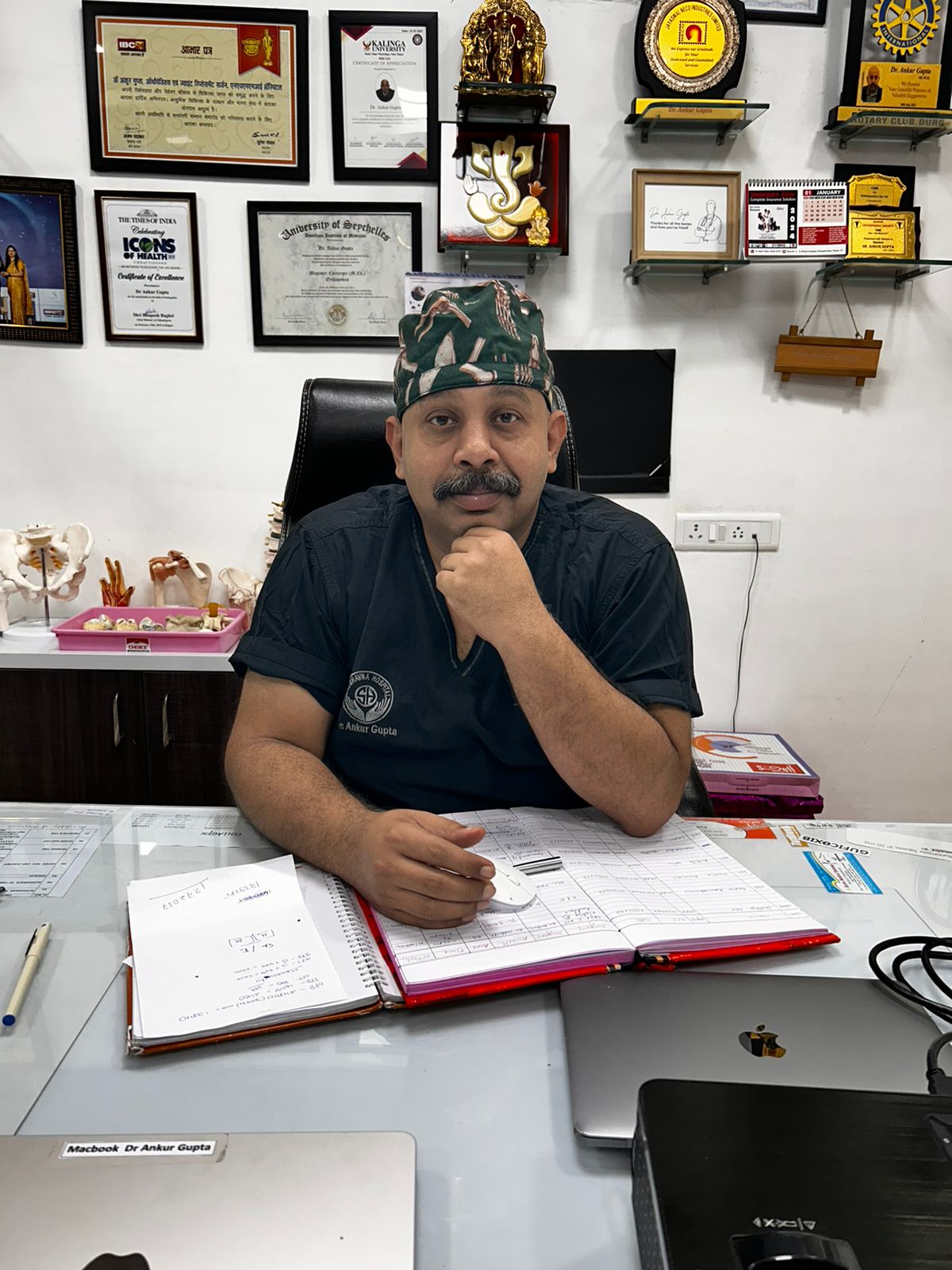

Best Gyanecologist doctor in Naya raipur
Dr. Jyotsna Gandhi Gupta
(MS, DNB, FMAS)
With 17 years’ experience, Dr. Jyotsna Gandhi Gupta, MBBS, MS, DNB, specializes in Obstetrics & Gynaecology. Adept in handling patients, she’s performed 5000 deliveries, 1000+ successful surgeries, and served at NH MMI, Raipur.
OUR SERVICES
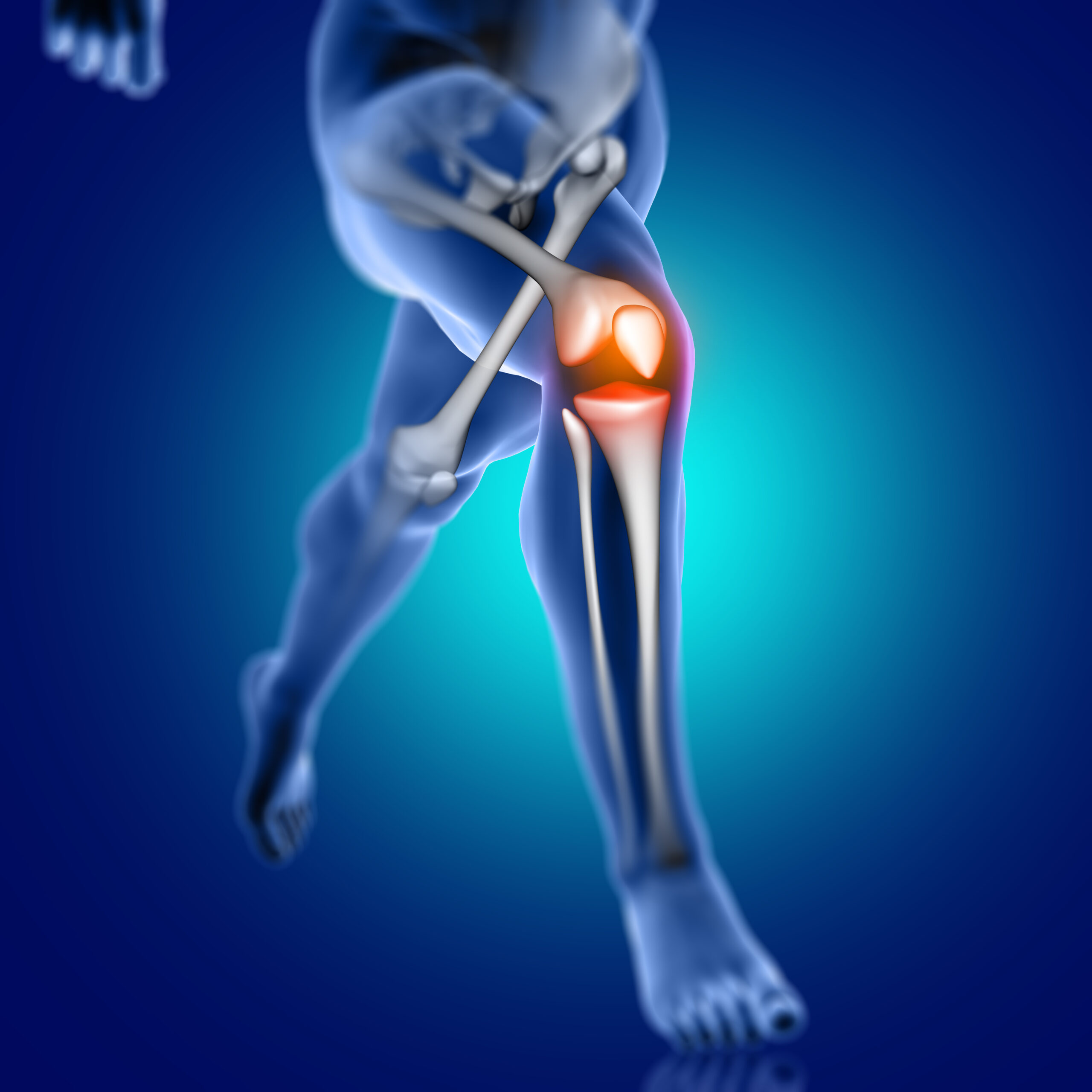
Knee Replacement
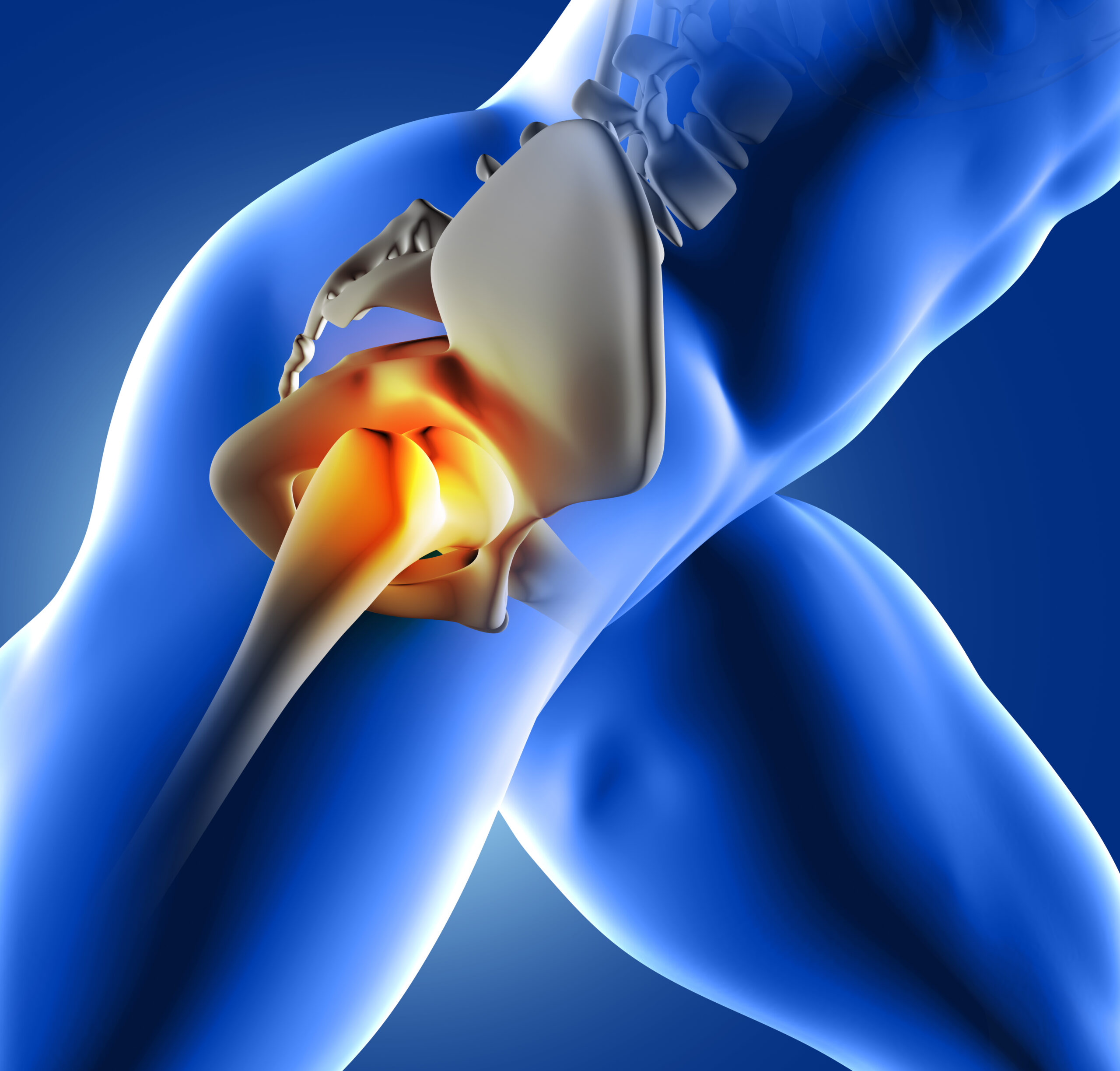
Total Hip Replacement
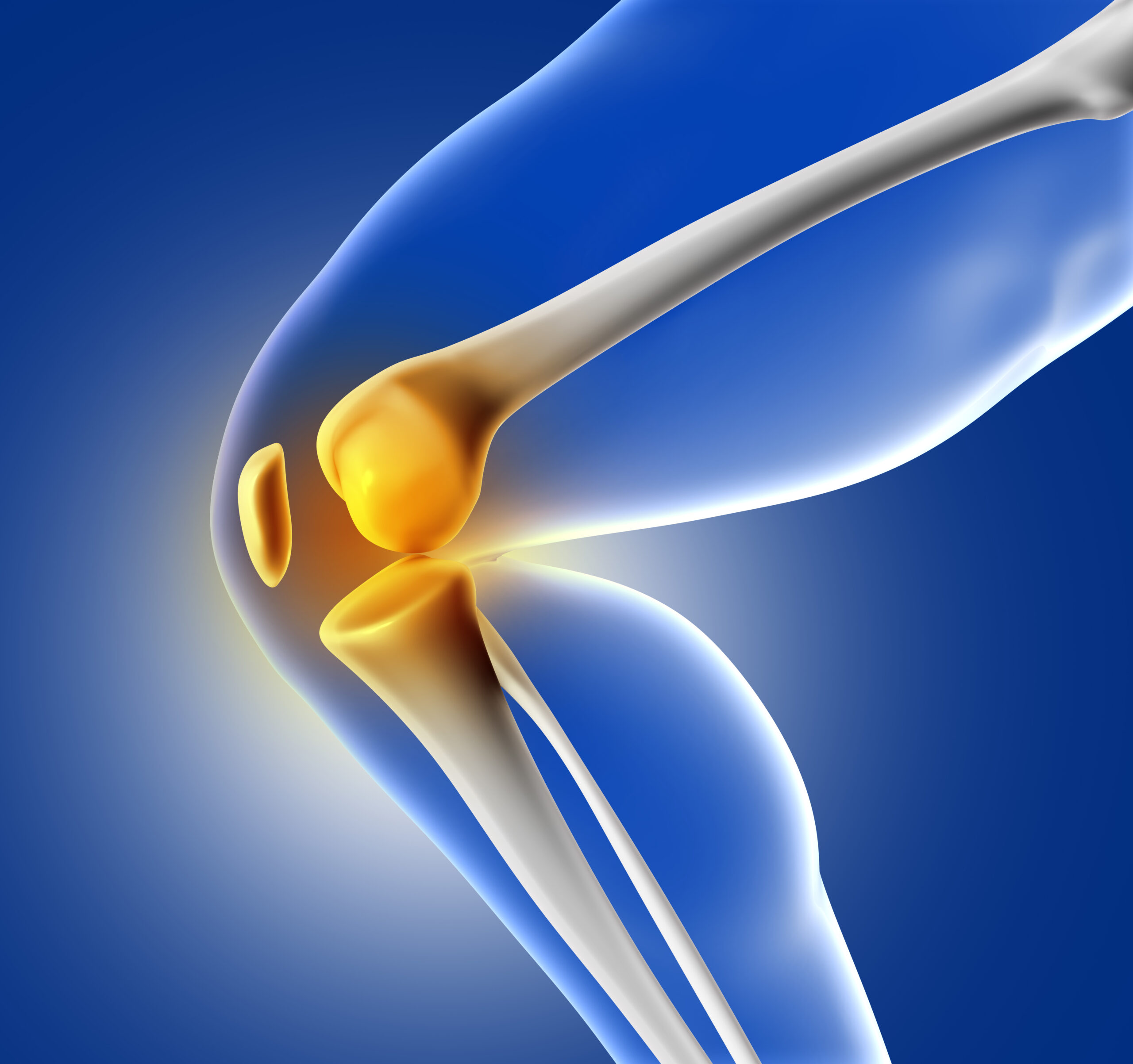
Joint Replacement
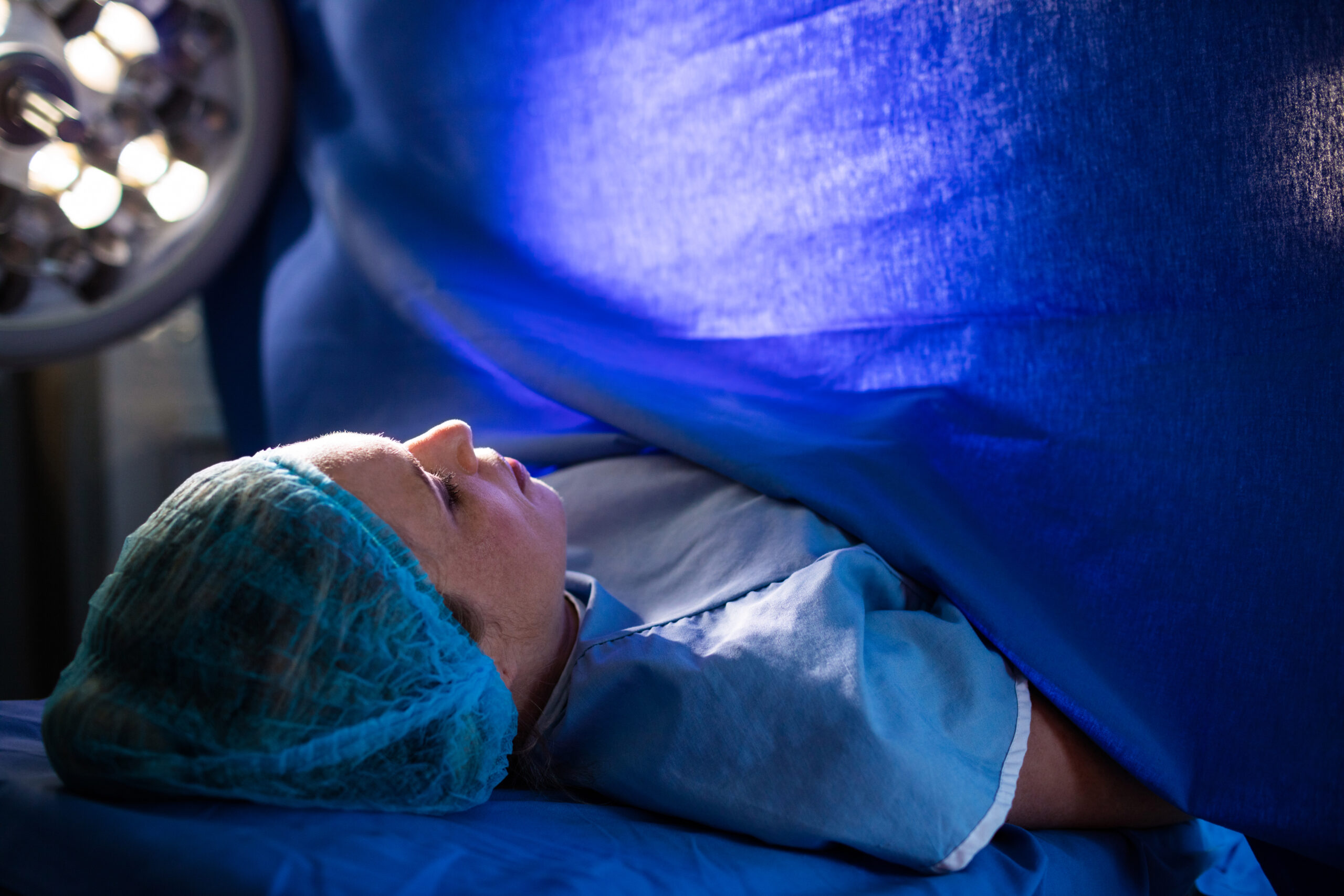
Laparoscopy

High Risk Pregnancy Care


HEALTHCARE OFFERING
Free Treatment Under BSKY | Biju Swasthya Kalyan Yojna
Free Treatment under Ayushman
Skilled healthcare professional
24*7 Canteen facility
Private and General Ward
Patient-friendly hospital
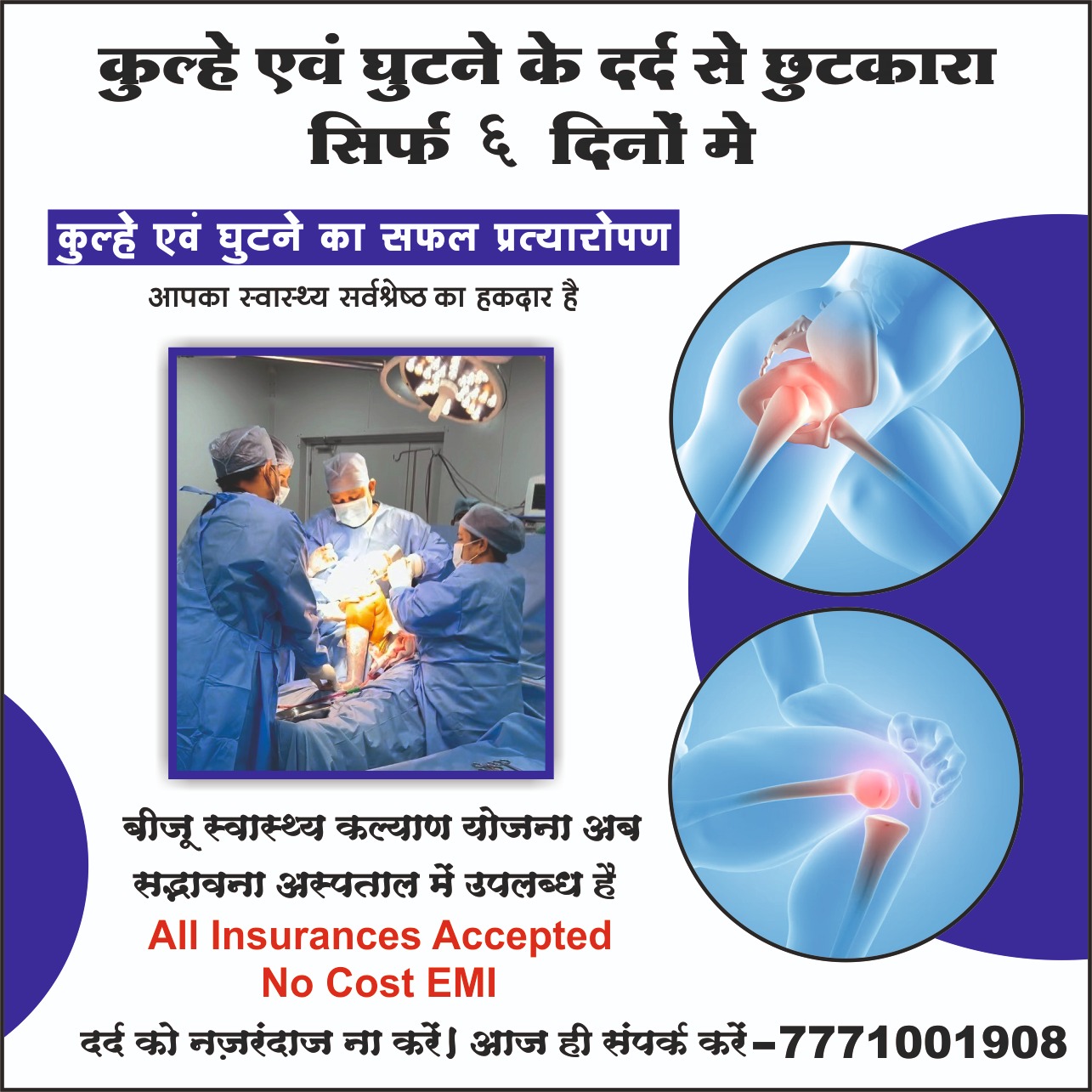

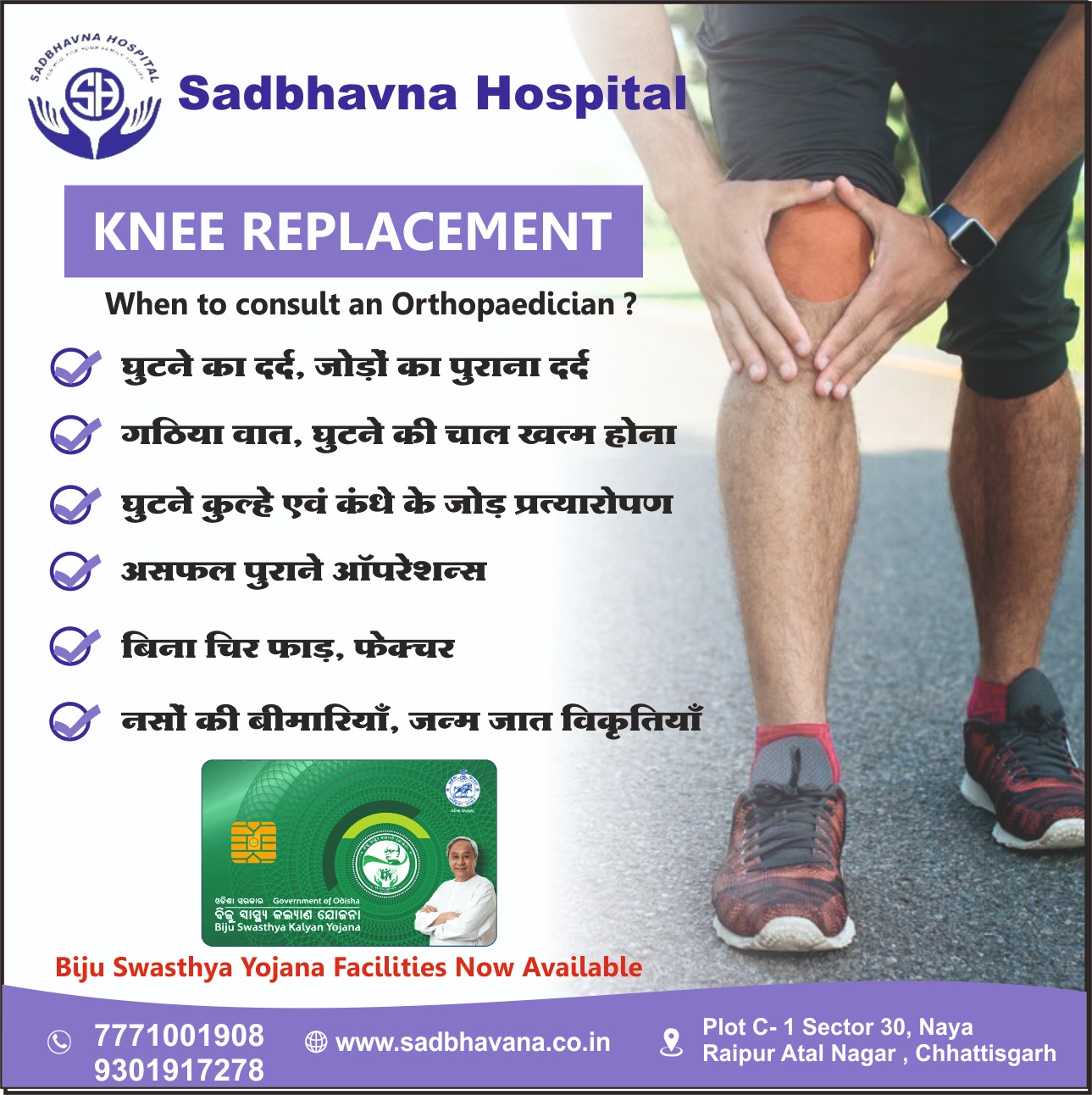

Book Your Appointment Today
Living Pain Free And Better Life With Non-Surgical Treatment!

Book Your Appointment Today
Living Pain Free And Better Life With Non-Surgical Treatment!
Center of Excellence
Equipped with a diverse team of healthcare professionals to provide comprehensive care to patients.

Orthopedic / हड्डी का डॉक्टर
घुटने, कन्धे, कुल्हे व जोड़ो के दर्द की समस्या का सफल परीक्षण व प्रत्यारोपण/ Orthopedic services are essential for the prevention, diagnosis, and treatment of various musculoskeletal conditions and injuries

Gynecology & Obstetrics/स्त्री एवं प्रसूति रोग विभाग
मासिक धर्म, गर्भावस्था और प्रसूति संबंधित समस्या का निवारण/Gynecologists are trained to diagnose, treat, and prevent a wide range of conditions related to women's reproductive health.

Pediatrician/बाल रोग विशेषज्ञ
बच्चों के व्यवहार, विकास और शारीरिक कार्यों में विकारों से संबंधित परामर्श एवं उपचार/ Pediatricians care for children with chronic conditions such as diabetes, asthma, and congenital disorders, coordinating with specialists when needed.

Radiology
शरीर के सभी हिस्सो कि चोट और बिमारियो का पता लगाने और उनका उपचार करने के लिये विशेषज्ञ रेडियोलॉजिस्ट।
Radiology, a medical specialty, utilizes imaging techniques to diagnose and treat diseases, providing visual insights into internal structures
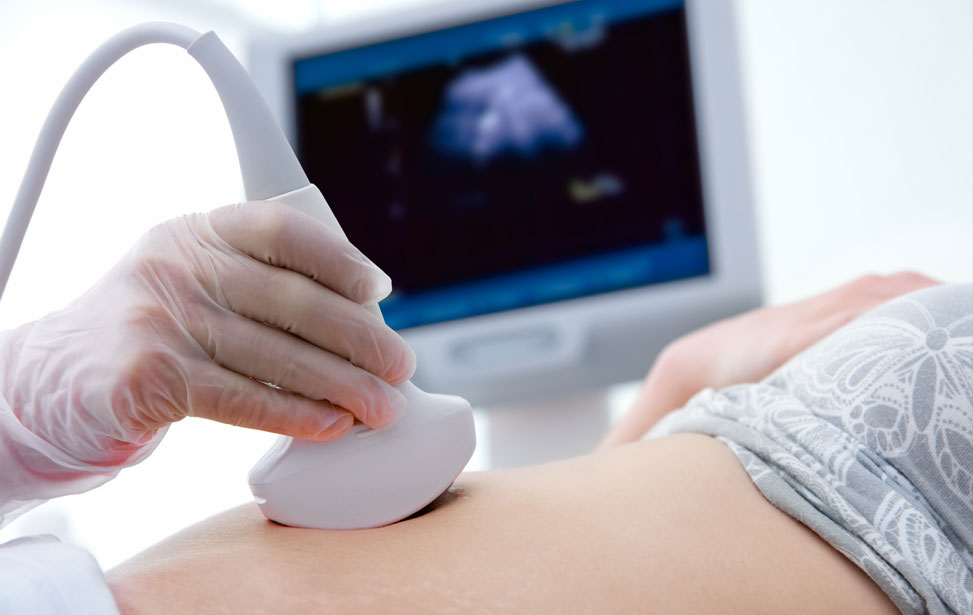
Sonography & X-Ray
शरीर के अन्दर हो रहे असामान्य व्यवहारो क सटिकता से पता लगाने व गर्भावस्था कि जांच हेतु उन्नत सोनोग्राफ़ी तकनीक ।
Sonography uses sound waves for non-invasive medical imaging, creating visual sonograms without ionizing radiation for patient safety

Dietician
मरिजो के बेहतर स्वास्थ्य के लिये विशेषज्ञ डाइटीशियन जो पोषणयुक्त आहार कि सूची बनाकर खान पान को बेहतर बनाते है ।
Dietitians offer expert guidance on nutrition, encouraging healthy eating to prevent and manage health conditions in diverse settings

General Medicine
सामान्य बीमारी जैसे सर्दी बुखार आदि का केवल दवा और उचित परामर्श द्वारा इलाज |
General internists, specializing in internal medicine, offer comprehensive primary care for adults, addressing acute illnesses and chronic conditions for overall health.

Physiotherapy/फिजियोथेरेपी
गतिशीलता को पुनः प्राप्त करने के लिए व्यायाम और मालिश जैसी तकनीक से उत्तम इलाज Physiotherapists, or physical therapists, specialize in assessing, diagnosing, and treating physical conditions, aiming to enhance function and well-being

Book Your Appointment Today
Bringing comfort and care to your birthing experience
Why Choose Us?
Sadbhavana Hospital is a comprehensive healthcare facility in orthopedics, joint replacement, gynecology, pediatrics, physiotherapy, and general medicine With a team of experienced doctors and state-of-the-art facilities, the hospital provides top-notch medical care for patients of all ages. Whether it’s treating orthopedic conditions, addressing women’s health concerns, caring for children, providing rehabilitation through physiotherapy, or offering general medical services, Sadbhavana Hospital is committed to ensuring the well-being and recovery of its patients.
Compassionate Care: Our healthcare professionals are driven by compassion, ensuring that you receive not just medical attention but a supportive, caring experience.
Patient-Centered Approach: We prioritize your individual needs, tailoring treatment plans to your unique health goals and concerns.
Cutting-Edge Facilities: Sadbhavana is equipped with advanced medical technology and modern facilities, reflecting our commitment to providing high-quality healthcare.
Experience the Healing Touch of Sadbhavana Orthopedic and Gynecology Hospital. Your Journey to Holistic Wellness Begins Here.

Specialized Expertise
Pioneering expertise, tailored for your unique health and well-being.

Quality of Care
Exemplary care defining our commitment to your well-being always

Advanced Medical Technologies
At the forefront of health, integrating cutting-edge technologies for advanced care

Patient Experience and Support
Nurturing every journey with compassionate support, enhancing the patient experience
Our Treatments
- Total Hip Replacement (THR) surgery
- Knee Arthroscopic Surgery
 Total Hip Replacement (THR) surgery is a transformative medical procedure that can significantly improve the quality of life for individuals suffering from hip joint pain and dysfunction. At Sadbhavana Hospital in Raipur, our team specializes in both Primary and Revision Total Hip Arthroplasty, providing patients with the expertise and care needed to regain mobility and alleviate hip-related discomfort
Total Hip Replacement (THR) surgery is a transformative medical procedure that can significantly improve the quality of life for individuals suffering from hip joint pain and dysfunction. At Sadbhavana Hospital in Raipur, our team specializes in both Primary and Revision Total Hip Arthroplasty, providing patients with the expertise and care needed to regain mobility and alleviate hip-related discomfort  “Knee Replacement Surgery (KRS) is a transformative medical procedure that holds the promise of significantly enhancing the quality of life for individuals grappling with knee joint pain discomfort.
“Knee Replacement Surgery (KRS) is a transformative medical procedure that holds the promise of significantly enhancing the quality of life for individuals grappling with knee joint pain discomfort.
we are committed to delivering exceptional care, ensuring our patients regain mobility and find relief from knee-related discomfort
Patients Speak
Hear the heartwarming stories of patients overcoming difficult afflictions
TESTIMONIALS

Excellent treatment at Sadbhavna Hospital. The doctors and nurses are very skilled and attentive. Highly recommend this hospital for any medical needs.
Experience is satisfactory. All staff are professional and good behaving. Hygiene is properly maintained. The main advantage is all decipline doctors are available in one place.
I would highly recommend this hospital to each and everyone who is living Raipur.
Doctor Ankur is a very professional and polite Doctor, he is very cooperative with his patients, make them comfortable, listen to them and treat them accordingly. Highly recommend. I am very satisfied ,staff are also very good and cooperation
Thanks Dr. Ankur for orthopedic . Very safe place in COVID-19.
Award
Frequently Asked Questions
Yes, We have private wards too having 12 beds in total .
Private wards in hospitals offer several advantages for patients, contributing to a more comfortable and personalized healthcare experience. Here are some reasons why private wards are important in hospitals:
Privacy and Dignity: Private wards provide patients with a higher level of privacy. This is especially important for those undergoing sensitive medical procedures, consultations, or recovering from surgeries. It allows patients to maintain their dignity and personal space.
Personalized Attention: In private wards, patients often receive more individualized care from healthcare professionals. The medical staff can focus on the specific needs of the patient, providing personalized attention and tailoring treatment plans accordingly.
Reduced Noise and Distractions: Private wards are generally quieter and have fewer distractions compared to shared or open wards. This quieter environment can promote better rest and aid in the overall healing process for patients recovering from illnesses or surgeries.
Enhanced Infection Control: Private rooms can contribute to better infection control, as the risk of spreading infections is reduced when patients have their own enclosed space. This is particularly crucial in cases of contagious diseases or post-surgical recovery when patients may have compromised immune systems.
Family Involvement: Private wards often provide more space for family members to be present and actively involved in the patient’s care. This is beneficial for emotional support, communication between healthcare providers and family, and overall patient well-being.
Comfort and Amenities: Private rooms are typically equipped with additional amenities such as comfortable furniture, better lighting, and sometimes even additional facilities like a private bathroom. This contributes to the overall comfort of the patient during their hospital stay.
Flexibility in Visiting Hours: Private wards often offer more flexibility in terms of visiting hours, allowing family and friends to visit patients without being restricted by fixed schedules. This flexibility can contribute to the emotional well-being of both patients and their loved ones.
Improved Patient Satisfaction: The enhanced comfort, privacy, and personalized attention in private wards contribute to higher patient satisfaction. Satisfied patients are more likely to have a positive view of their hospital experience and may have improved outcomes in their recovery.
Yes, the holder can claim the benefits of the Ayushman Bharat Yojana. Ayushman Bharat Yojana, also known as Pradhan Mantri Jan Arogya Yojana (PM-JAY), is a flagship healthcare scheme launched by the Government of India. It was introduced in September 2018 to provide financial protection and healthcare access to economically vulnerable families.
Here are the key components of the Ayushman Bharat Yojana:
Health Coverage:
- The scheme provides health coverage to over 10 crore economically disadvantaged families across India, making it one of the largest government-sponsored healthcare programs globally.
Beneficiary Identification:
- Beneficiaries are identified based on the Socio-Economic Caste Census (SECC) data. The criteria for identification include factors such as deprivation and occupational criteria.
Financial Protection:
- Ayushman Bharat aims to provide financial protection to eligible families by offering coverage for hospitalization expenses. It covers a wide range of medical and surgical treatments, including pre-existing conditions.
Coverage Limit:
- The scheme provides coverage of up to ₹5 lakhs per family per year, ensuring that families are protected against high healthcare expenses.
Cashless Treatment:
- Ayushman Bharat is designed to provide cashless treatment to beneficiaries at impanelledimpaneled public and private hospitals across the country. This reduces the financial burden on families during medical emergencies.
Empanelled Hospitals:
- Hospitals that meet the prescribed standards and agree to the terms and conditions of the scheme are impaneled to provide services to beneficiaries. Both public and private hospitals can participate.
Technology Integration:
- The scheme utilizes technology for seamless implementation. An IT platform known as the Ayushman Bharat – National Health Protection Mission (AB-NHPM) IT platform is used for beneficiary identification, hospital empanelment, claim submission, and tracking.
Portability:
- Ayushman Bharat is portable across the country. This means that a beneficiary can avail of the benefits of the scheme in any part of India, making healthcare services accessible even when individuals are away from their home state.
Focus on Primary Health Care:
- Alongside the hospitalization coverage, Ayushman Bharat also emphasizes strengthening primary healthcare services. Health and Wellness Centers (HWCs) are being established to provide comprehensive primary care services.
Ayushman Bharat Yojana is a significant initiative by the Indian government to address the healthcare needs of vulnerable populations and promote financial inclusivity in accessing healthcare services. It represents a step towards achieving the goal of Universal Health Coverage (UHC) in India.
To accommodate wheelchair users we provide easy access to different areas, including entrances, waiting areas, patient rooms, diagnostic centers, and restrooms.
Our Hospital is generally designed to be accessible to individuals with mobility challenges, including those who use wheelchairs. Here are common facilities and considerations provided for wheelchair users in hospitals:
Accessible Entrances:
- Hospitals typically have ramps or elevators at main entrances to ensure easy access for wheelchair users. Clear signage indicating accessible routes is also essential.
Accessible Restrooms:
- Restrooms are designed to be accessible for wheelchair users, with wider doors, grab bars, and appropriate space to maneuver. Accessible restrooms are strategically placed throughout the hospital.
Wheelchair Parking:
- Designated parking spaces close to entrances are often provided for individuals with mobility challenges, including those using wheelchairs. These spaces are wider to accommodate the deployment of ramps.
Wheelchair-Friendly Elevators:
- Elevators are designed to accommodate wheelchairs, with wider doors and sufficient interior space. Braille and tactile buttons may also be provided for those with visual impairments.
Accessible Waiting Areas:
- Waiting areas are designed with consideration for wheelchair users, providing seating with appropriate height and space for wheelchairs. Clear pathways are maintained to facilitate movement.
Accessible Examination Rooms:
- Examination and consultation rooms are designed to be accessible, with features like wider doors, lower examination tables, and sufficient space for wheelchair maneuverability.
Ramps and Lifts:
- Ramps are installed where there are elevation changes, providing an alternative to stairs. In some cases, lifts may be used to facilitate movement between different levels.
Accessible Signage:
- Signage throughout the hospital includes clear symbols and directions for wheelchair users. This includes directions to accessible facilities, elevators, restrooms, and other important areas.
Assistance Services:
- Hospitals may offer assistance services for wheelchair users, such as dedicated staff to help with navigation, getting in and out of vehicles, or moving around the hospital.
Wheelchair Accessibility in Diagnostic Facilities:
- Facilities such as radiology and diagnostic imaging rooms are designed to be wheelchair accessible, ensuring that individuals can undergo necessary tests comfortably.
Accessible Cafeterias and Dining Areas:
- Cafeterias and dining areas are designed to accommodate wheelchair users with accessible seating and clear pathways.
Hospital Transportation:
- Hospitals may provide wheelchair-accessible transportation services for patients who need assistance getting to and from the hospital or between different areas within the hospital.
Hospitals need to comply with accessibility standards and regulations to ensure that individuals with mobility challenges, including those using wheelchairs, can navigate the facility comfortably and safely.
Your Opinion Matters! Share Your Feedback with Us. If you have concerns or complaints about your hospital experience, it’s important to communicate them to the appropriate staff so that the issues can be resolved.
I trust this message finds you well. At Sadbhavana Hospital, we are constantly striving to improve our services, and your experience is pivotal in this journey.
Your feedback provides valuable insights that help us understand what we’re doing right and where we can make enhancements. We would greatly appreciate it if you could take a few moments to share your thoughts on your recent experience with us.
1.Smaller Incisions:
- One of the primary benefits is the use of small incisions (keyhole incisions) rather than a large single incision used in traditional surgery. This results in less tissue damage and scarring.
Reduced Blood Loss:
- Laparoscopic procedures typically involve less blood loss compared to open surgery, as the incisions are smaller, and bleeding is easier to control with the assistance of cameras and specialized instruments.
Quicker Recovery Time:
- Patients generally experience a faster recovery after laparoscopic surgery compared to open surgery. Smaller incisions mean less trauma to surrounding tissues, leading to reduced pain, shorter hospital stays, and faster return to normal activities.
Lower Risk of Infection:
- Smaller incisions and reduced exposure of internal organs minimize the risk of infections. The risk of postoperative complications related to infections is lower in laparoscopic surgery.
Less Pain and Discomfort:
- Patients often experience less pain and discomfort after laparoscopic procedures due to the smaller incisions and reduced tissue trauma. This can lead to a more comfortable recovery process.
Improved Cosmetic Outcome:
- Laparoscopic surgery usually results in better cosmetic outcomes due to smaller incisions. This is particularly important in surgeries where the incisions are visible, such as in certain abdominal or gynecological procedures.
Shorter Hospital Stay:
- In many cases, patients undergoing laparoscopic surgery can expect a shorter hospital stay compared to open surgery. Some laparoscopic procedures are performed on an outpatient basis.
Faster Return to Normal Activities:
- Due to the minimally invasive nature of laparoscopic surgery, patients often experience a quicker return to normal daily activities and work, reducing the overall impact on their lifestyle.
Less Scarring:
- Smaller incisions result in less scarring. The scars from laparoscopic surgery are usually smaller, less noticeable, and may fade over time.
Better Visualization for Surgeons:
- Surgeons benefit from enhanced visualization through the laparoscope, a thin tube with a camera and light source. This allows for better precision and accuracy during the procedure.
Reduced Surgical Trauma:
- Laparoscopic surgery involves less manipulation of tissues and organs, reducing overall surgical trauma. This is particularly beneficial in delicate procedures or surgeries involving sensitive structures.
While laparoscopic surgery offers numerous advantages, it’s important to note that not all surgeries can be performed using this approach. The suitability of laparoscopic surgery depends on the specific procedure, the patient’s health, and the surgeon’s expertise. Patients should consult with their healthcare providers to determine the most appropriate surgical approach for their individual case.
Breast examinations are an important aspect of women’s health, and there are different types of breast examinations that women may undergo. The frequency and type of examinations can vary based on factors such as age, personal and family medical history, and individual risk factors. Here are some general guidelines:
Breast Self-Exams (BSE):
- Women are encouraged to perform regular breast self-exams to become familiar with the normal appearance and feel of their breasts. This can be done every month. While regular self-exams can help women become aware of any changes, it’s important to note that they are not a substitute for professional screenings.
Clinical Breast Exams (CBE):
- Clinical breast exams, conducted by healthcare professionals, involve a physical examination of the breasts and are typically recommended every 1-3 years for women in their 20s and 30s. After the age of 40, it’s generally recommended to have a CBE annually.
Mammograms:
- Mammograms, which are X-ray images of the breast tissue, are a key tool for breast cancer screening. Recommendations for mammograms may vary, but generally, women should start considering mammograms at age 40 and continue to have them annually or biennially, depending on individual risk factors.
Breast MRI:
- In certain cases, women with a higher risk of breast cancer may be advised to undergo breast magnetic resonance imaging (MRI) in addition to mammography. This is often recommended for those with a strong family history of breast cancer or known genetic mutations associated with increased breast cancer risk.
It’s important to note that individual circumstances, risk factors, and recommendations may vary. Women should discuss their personal and family medical history with their healthcare provider to determine the most appropriate breast examination schedule for them.
Additionally, if a woman notices any changes in her breasts, such as lumps, changes in size or shape, pain, or nipple discharge, regardless of her age or the timing of her last examination, she should promptly seek medical attention for further evaluation.
Regular breast examinations, along with a healthy lifestyle and open communication with healthcare providers, play a crucial role in the early detection and successful treatment of breast-related concerns, including breast cancer.
Obstetric checkups and advice are crucial components of prenatal care to ensure the health and well-being of both the expectant mother and the developing baby. Here’s an overview of what is typically involved in obstetric checkups and some advice for expectant mothers:
Obstetric Checkups:
First Trimester:
- Confirmation of Pregnancy: Confirm the pregnancy through a urine or blood test.
- Initial Assessment: Obtain a comprehensive medical history, including any existing health conditions, medications, and lifestyle factors.
- Physical Examination: Conduct a thorough physical examination.
- Ultrasound: Perform an early ultrasound to confirm the gestational age and assess the baby’s development.
- Blood Tests: Conduct routine blood tests to check for blood type, and Rh factor, and screen for infections.
Second Trimester:
- Anatomy Ultrasound: Conduct a detailed anatomy ultrasound to assess the baby’s growth and development.
- Glucose Screening: Screen for gestational diabetes through a glucose tolerance test.
- Blood Pressure Monitoring: Regular monitoring of blood pressure.
- Additional Blood Tests: Check for anemia and other potential concerns.
Third Trimester:
- Growth Ultrasound: Monitor the baby’s growth and position through ultrasounds.
- Group B Streptococcus (GBS) Screening: Test for GBS presence in the vagina to determine the risk of infection during delivery.
- Kick Counts: Monitor fetal movement and encourage kick counting.
- Regular Checkups: More frequent checkups closer to the due date, including assessments of cervical dilation and effacement.
Obstetric Advice:
Nutrition:
- Maintain a well-balanced diet rich in essential nutrients, including folic acid, iron, calcium, and omega-3 fatty acids.
- Stay hydrated and choose nutrient-dense foods.
Exercise:
- Engage in regular, moderate-intensity exercise unless advised otherwise by the healthcare provider.
- Choose activities that are safe during pregnancy, such as walking, swimming, or prenatal yoga.
Prenatal Vitamins:
- Take prenatal vitamins as recommended by the healthcare provider to ensure adequate nutritional support for both the mother and baby.
Rest and Sleep:
- Ensure adequate rest and sleep to support overall well-being.
- Use supportive pillows for comfort during sleep.
Avoid Harmful Substances:
- Refrain from smoking, alcohol, and illicit drug use.
- Limit caffeine intake.
Regular Checkups:
- Attend all scheduled prenatal appointments for thorough monitoring and assessment.
- Communicate openly with healthcare providers about any concerns or changes in symptoms.
Childbirth Education:
- Consider attending childbirth education classes to prepare for labor, delivery, and postpartum care.
Emotional Well-being:
- Prioritize mental health and seek support if needed.
- Discuss any emotional concerns with healthcare providers.
Prepare for Labor and Delivery:
- Develop a birth plan and discuss preferences with the healthcare provider.
- Consider attending prenatal classes on labor, delivery, and breastfeeding.
Remember, individual pregnancies may have unique considerations, and advice may vary based on specific health conditions. Expectant mothers must maintain open communication with their healthcare providers for personalized guidance and care throughout the pregnancy journey.

